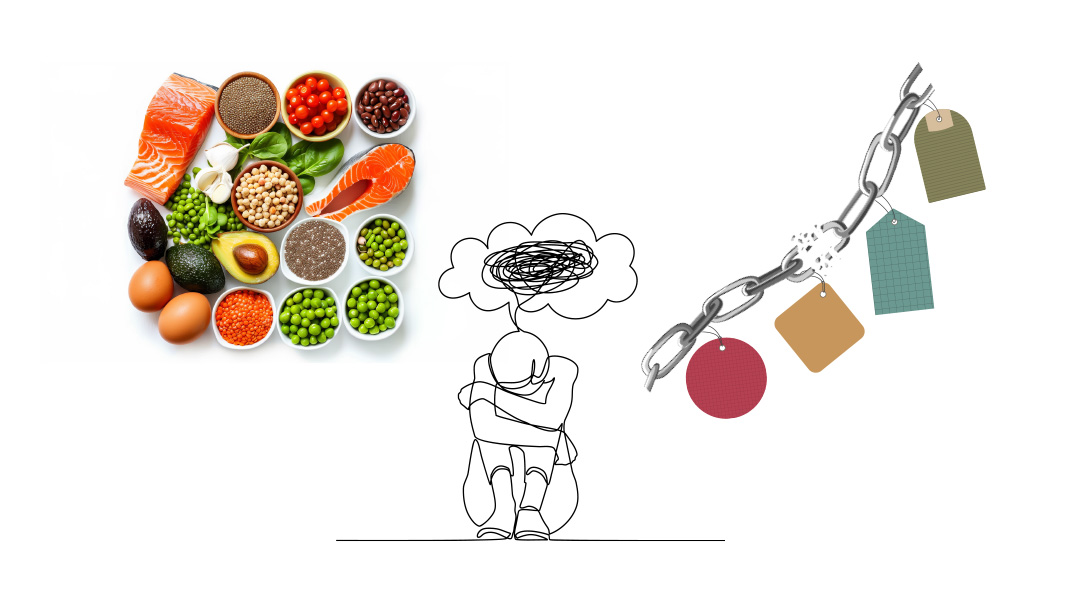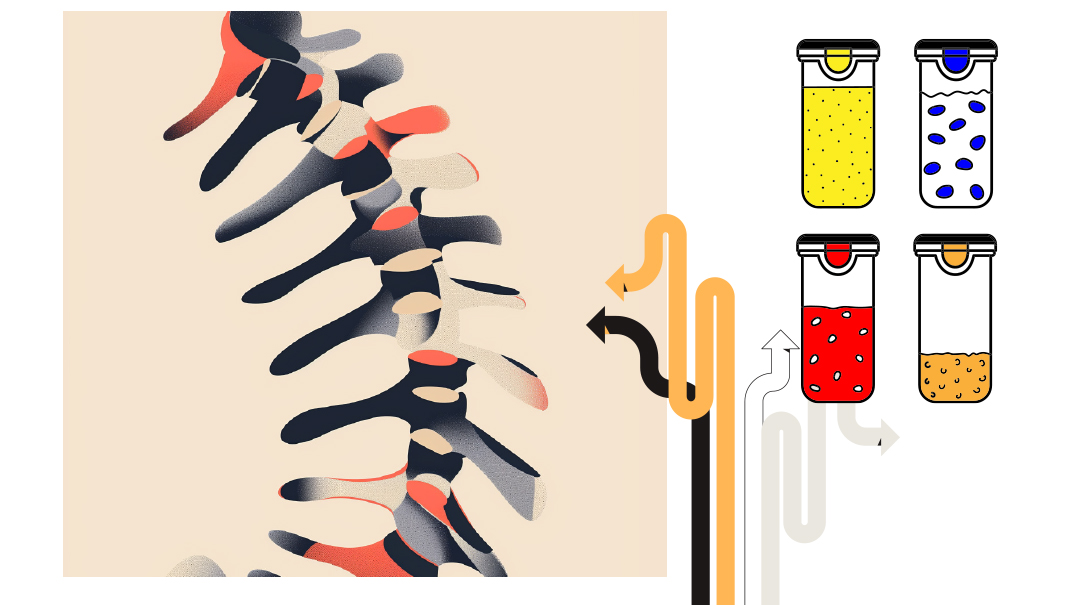Allaying Allergy Alarms
| May 7, 2024About five percent of amoxicillin rashes are true allergies

Allaying Allergy Alarms
Dr. Jennie Berkovich
I have a confession: There’s a bottle of amoxicillin in my refrigerator right now, just for backup. I’m notoriously stingy with antibiotics, so having an unnecessary bottle in my fridge feels shameful, but still, sometimes it’s a relief to be able to treat a strep throat or ear infection with the magical pink liquid. However, not a week goes by in my office that I don’t see someone for a suspected amoxicillin allergy.
Amoxicillin rashes come in all shapes and forms and develop up to ten percent of the time. However, the majority are not allergy rashes; the most common cause is actually a drug reaction. This is distinct from an allergy since the mechanism is nonallergic but rather a response to the medication itself. It’s important to make this differentiation — drug rashes from amoxicillin are not dangerous and we do not stop the antibiotic.
These rashes typically appear as small, pink spots or blotches on the skin and typically do not hurt or itch. Drug reaction rashes usually emerge within a few days of starting amoxicillin and often resolve on their own without any complications. Again, as stated above, they do not indicate an allergy to amoxicillin.
Another common cause of a patient on amoxicillin contracting a rash is mono. Mononucleosis, commonly known as mono, is a viral infection caused by the Epstein-Barr virus (EBV). One of the hallmark symptoms of mono is a widespread rash, which can resemble the rash associated with certain drug reactions. Patients with mono are often started on amoxicillin before we know definitively that it’s a virus that is causing the symptoms, and mono patients taking amoxicillin are more likely to develop the mono rash.
Mono rashes often appear as small, red spots that may be slightly raised and can cover large areas of the body. Along with the rash, children with mono may experience other symptoms such as fever, sore throat, swollen lymph nodes, fatigue, and loss of appetite. Depending on the circumstances, doctors may stop the amoxicillin since mono doesn’t need antibiotics.
About five percent of amoxicillin rashes are true allergies. Allergic rashes typically differ from nonallergic drug reaction rashes in their appearance and severity. Allergic rashes may present as hives (raised, red, itchy welts) or a more diffuse, red rash that covers larger areas of the body. Allergic reactions to amoxicillin can range from mild to severe and may be accompanied by other symptoms such as swelling of the face, lips, or tongue; difficulty breathing; wheezing; or anaphylaxis, a life-threatening reaction.
Amoxicillin rashes are not always straightforward and should be evaluated before making the decision to stop or continue the medication. In the meantime, don’t tell anyone about my secret stash of amoxicillin!
Dr. Jennie Berkovich is a board-certified pediatrician in Chicago and serves as the Director of Education for the Jewish Orthodox Women's Medical Association (JOWMA)
An Arrow in My Quiver
Shoshana Schwartz
Before you shoot an arrow, you need to focus on your target. Likewise, setting a goal and staying focused on it is helpful to achieve a positive result.
However, we sometimes get confused between aims and outcomes.
When the arrow lands not only off-center but completely off target, we become discouraged, frustrated, even angry. All too often, we find ourselves holding a quiver full of self-recriminations and we let them fly — and they are usually more direct and painful than actual arrows.
Driving home one morning, I saw cars stacking up behind a garbage truck. I made a quick decision to take a small detour. At the next intersection, I realized I’d forgotten about the ongoing construction, which caused an even longer delay. My automatic reaction was, “That was stupid.”
Self-flagellation comes naturally, but it’s not even logical! Generally, we make the best decisions we can with the information available at the time. Small decisions (a cashier’s line in a supermarket, a paint color for your bedroom) carry smaller consequences; big decisions (a yeshivah, career path, shidduch, moving across town or across the world) can carry huge consequences, and we put enormous pressure on ourselves to hit every bull's-eye.
But once you’ve taken aim, the kindest and most efficient next step is to let go. Completely. The ability to do that begins with knowing you can’t control the outcome, which helps lead you to accepting that you can’t control the outcome.
The quiver of self-flagellation is usually a carryover from the past, when we somehow learned that to make better decisions, we need to be harsh and critical. Perhaps instead we can learn to be compassionate with our mistakes and trust that Hashem will land the arrow where it needs to go, whether or not we beat ourselves up.
Shoshana Schwartz specializes in compulsive eating, codependency, and addictive behaviors.
In My Humble Opinion…
Sarah Rivkah Kohn
Sometimes clients share with their therapists disturbing comments made to them by a parent, a teacher, a rav… and in an attempt to empathize (or a gut reaction), the clinician may lace into the comment.
But for the client’s sake, don’t. Stay in a state of gentle curiosity, and you may discover it’s not quite what you thought… or it’s a whole lot worse. And both can be key to helping the client.
As a client, it may be hard not to get the immediate validation (“That’s horrible”) that you would get from friends or family, but if you’re in therapy to change and grow, then patient probing in situations can be very effective.
Oh, and for anyone ever giving an opinion on another: Genuinely give your humble opinion.
Sarah Rivkah Kohn is the founder and director of Links Family, an organization servicing children and teens who lost a parent.
(Originally featured in Family First, Issue 892)
Oops! We could not locate your form.







